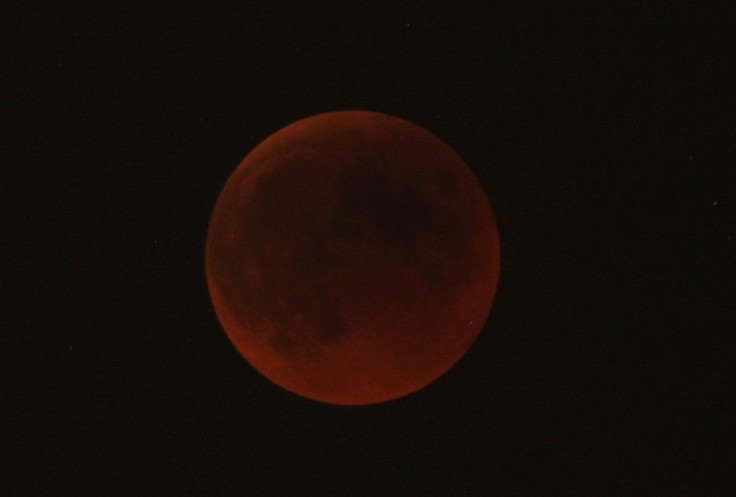Total Lunar Eclipse: Where and When to See it
Earth Will Block the Sun's Ray's for About an Hour

A total lunar eclipse will thrill sky-watchers early Saturday morning, Dec. 10. The best views will be the Pacific region, so, Australia, East Asia, Alaska and parts of Western Canada can expect to see the event starting at 4:45 a.m. Pacific Time. To watch the eclipse live, point your Web browser to the SLOOH space camera for real time views from telescopes in Hawaii, Austrailia and Asia.
Earth will pass between the sun and moon and achieve the total eclipse, called totality, at 6:05 a.m. PT and last nearly an hour until 6:57 PT. During totality, the entire moon will be subsumed by the Earth's shadow, but it won't go black. Instead, while the sunlight is blocked from the moon's surface, light reflects off the Earth's atmosphere and turns the moon a pale orange color. Observers in Europe and Africa could get a glimpse of a portion of the eclipse when the moon comes up in the evening Raminder Singh Samra, an astronomer at the H.R. MacMillan Space Centre in Vancouver, Canada told National Geographic.
"Meanwhile, observers across the Pacific region of North America will get to see the sky show low in the western horizon at moonset, in the early morning," he said.
Because a total lunar eclipse only happens when the sun, Earth and full moon line up perfectly, this will be the last chance to see one until 2014. That's because the moon's orbit around the Earth is at an angle, so eclipses can be total or just partial. There will be more eclipses between now and the total eclipse in 2014, but they will be partial eclipses.
Expect to see the lunar disk go from dark grey during the partial phase to reddish-orange during totality, Samra said. The next time we will get to see a partial eclipse will be June 4, 2012.
© Copyright IBTimes 2024. All rights reserved.











